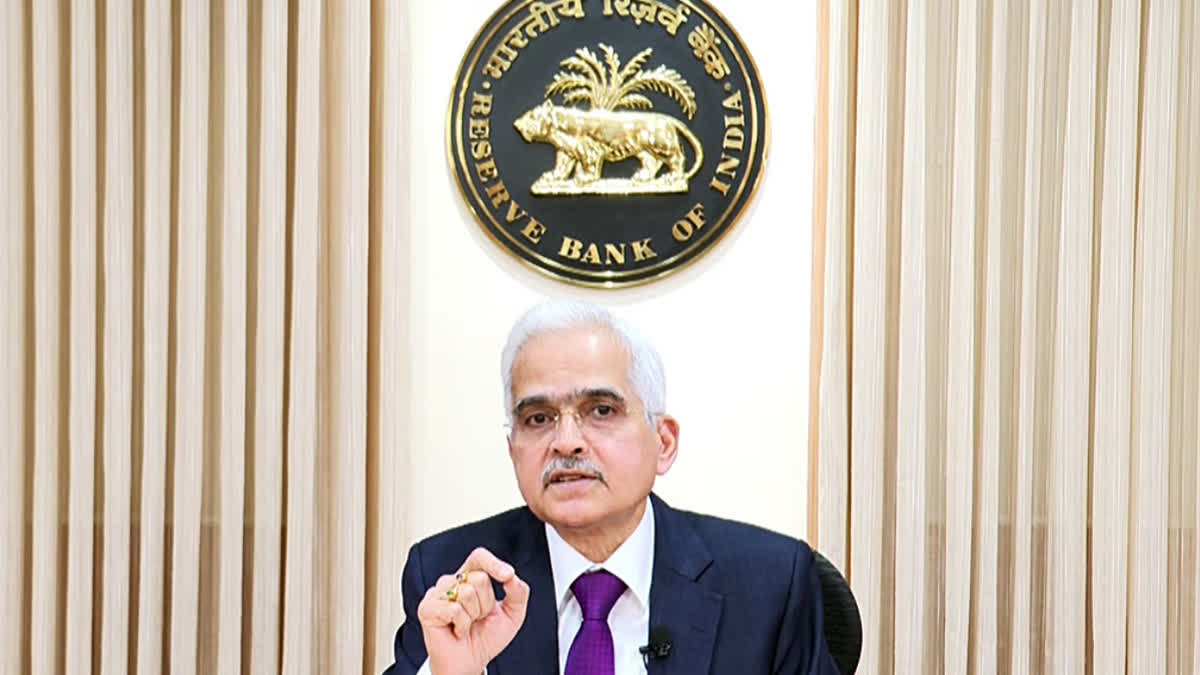New Delhi:Reserve Bank of India on Wednesday started its crucial Monetary Policy Meeting to determine the benchmark interest rates known as repo rate and reverse repo rate and other crucial ratios for the country’s banking sector such as statutory liquidity ratio and cash reserve ratio that have profound impact on the country’s banking sector such as prevailing interest rates for businesses and retail borrowers and liquidity in the country’s financial system.
RBI Governor Shaktikanta Das is expected to announce the decisions taken by the MPC tomorrow (December 6). Under Section 45ZL of Reserve Bank of India Act of 1934, the RBI is required to hold at least 4 meetings of the Monetary Policy Committee (MPC) to decide the benchmark interest rates and reserve ratios for the banking sector to maintain the momentum of economic growth in the country while managing the inflation under the target band set by the government under Section 45ZA of the RBI Act.
The last meeting of the Monetary Policy Committee this year comes in the backdrop of two worrying developments as India’s economic growth rate nosedived to a nearly two-year low of just 5.4 percent in July-September period this year while retail inflation (measured as Consumer Price Index - CPI) surged to 6.2 percent in October which is above the target band set by the Central Government for the Reserve Bank under the law.
These two developments have complicated the task of the Monetary Policy Committee which is headed by the RBI Governor Shaktikanta Das. Now the committee members, who include RBI Governor Shaktikanta Das, Deputy Governor Michael Debabrata Patra, and economists and experts such as Dr. Nagesh Kumar, Saugata Bhattacharya, Professor Ram Singh, and Dr Rajiv Ranjan, will mull over the options before the committee to maintain growth while managing inflation under the target band.
Addressing a meeting of central banks of the global south last month, Governor Shaktikanta Das has emphasised that the cardinal principle of any monetary policy was to balance economic growth and inflation. He said the RBI could effectively maintain balance between price stability and growth within the space provided by the flexible inflation targeting (FIT) framework.
“The flexibility of this framework is embedded in the law itself, which defines the objective of monetary policy, namely, to maintain price stability while keeping in mind the objective of growth. Thus, while primacy is accorded to price stability, the law enjoins upon the Reserve Bank to pay due regard to growth considerations also,” said Governor Das.
And this is the path of giving primacy to containing inflation that the RBI has been following since it withdrew the economic stimulus measures that were announced in the wake of Covid-19 global pandemic to shore up the economic growth.
In May 2022, the RBI reversed its Covid era policy of low interest rate regime and increased the repo rate by 2.5 percent between May 2022 and February 2023 to contain the inflation.
However, since February 2023, it is maintaining the repo rate at 6.5 percent despite calls from industry and several other quarters to reduce the benchmark interest rate to support the economic growth.
